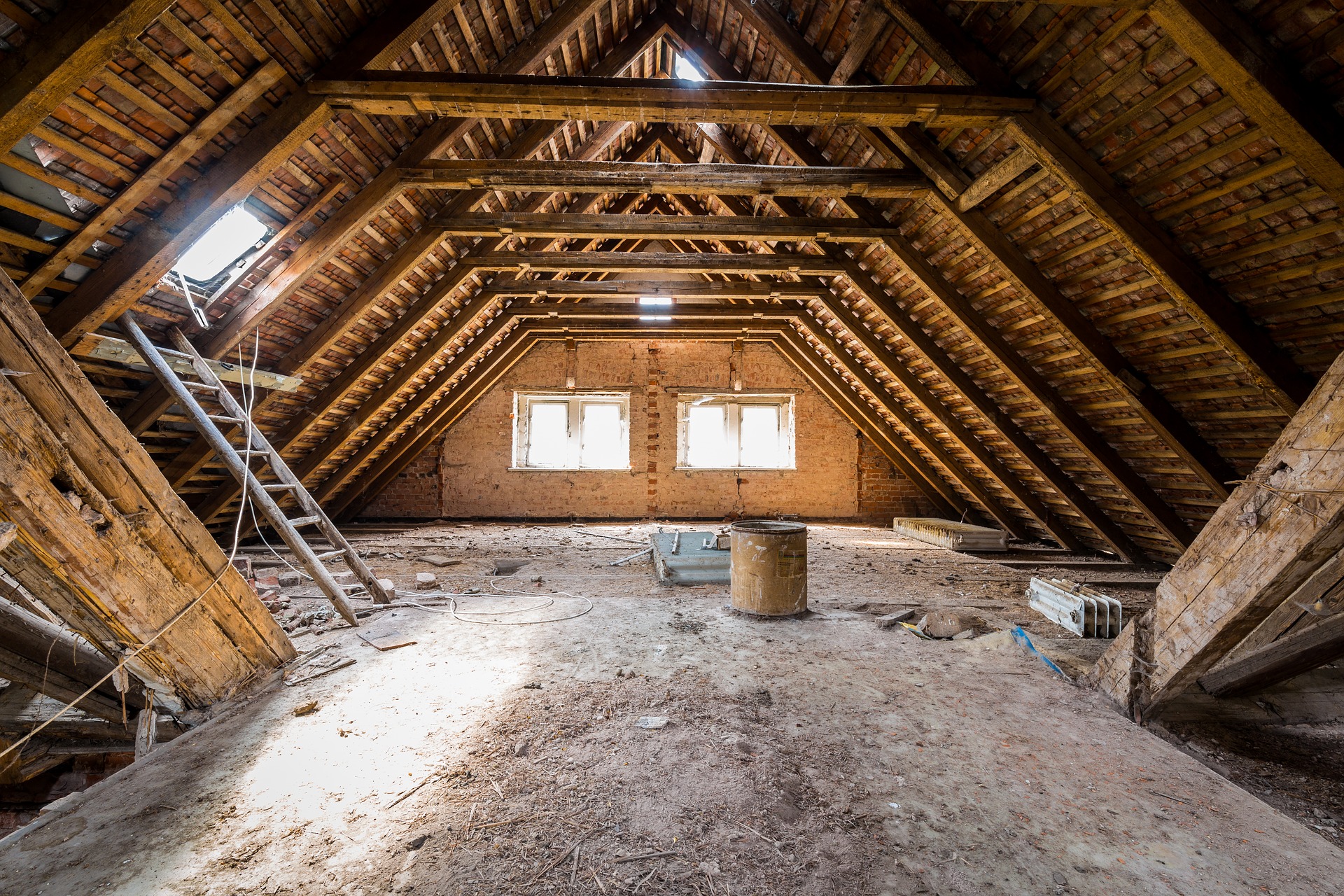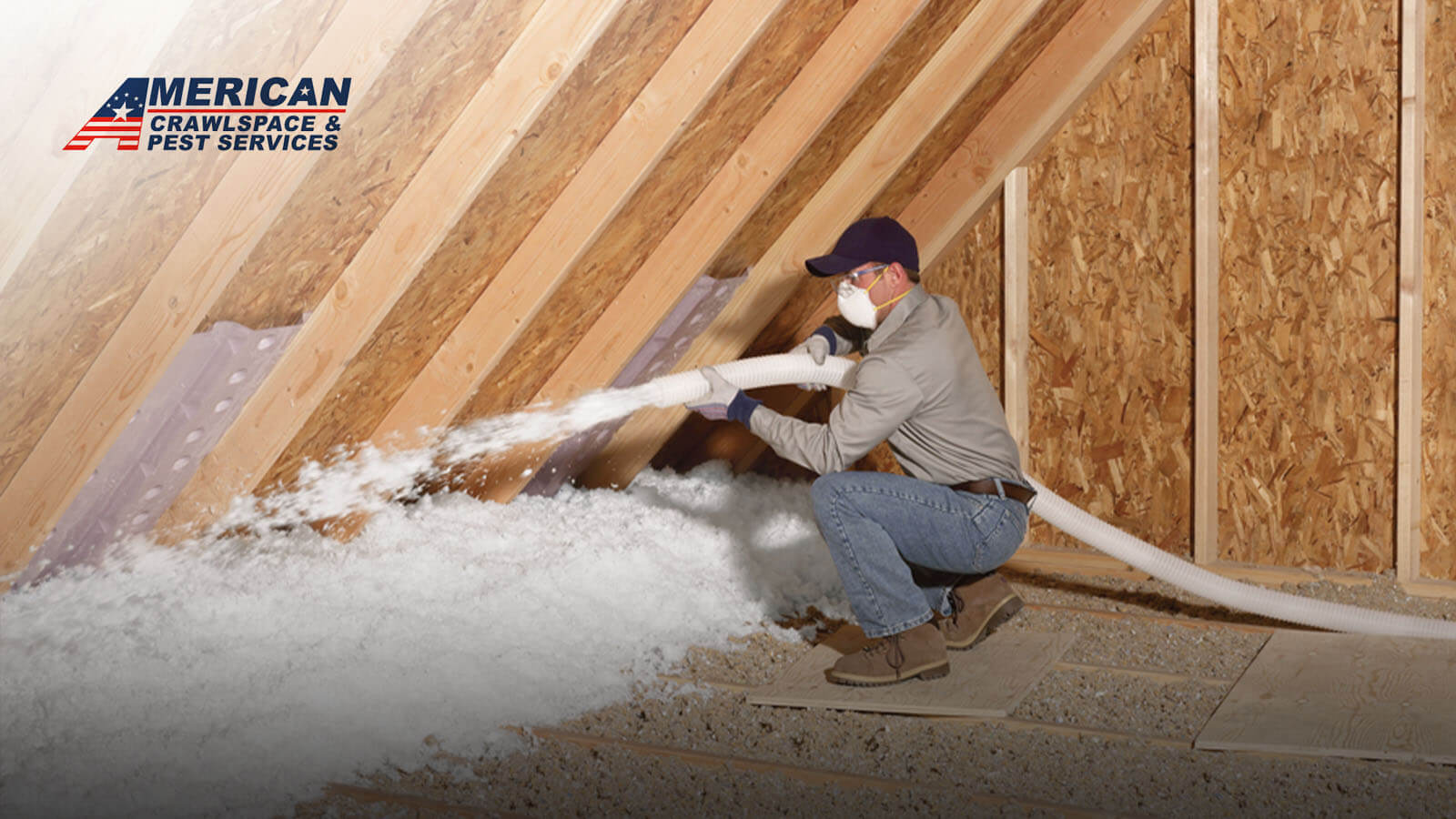Save Money and Enhance Convenience with Professional Attic Insulation DFW
Save Money and Enhance Convenience with Professional Attic Insulation DFW
Blog Article
Discover the Various Kinds Of Attic Insulation and Their One-of-a-kind Advantages for Your Home's Power Effectiveness

Fiberglass Insulation
Fiberglass insulation is one of the most typically utilized products for attic room insulation as a result of its excellent thermal performance and cost-effectiveness. Composed of small glass fibers, this product effectively traps air, developing a shielding obstacle that assists keep consistent indoor temperature levels. Its high R-value per inch makes it specifically reliable at resisting heat transfer, which is important for energy conservation in homes.
Installation of fiberglass insulation is relatively uncomplicated, often available in batts or loose-fill types, suiting different attic setups. Furthermore, it is immune and non-combustible to wetness, reducing the threat of mold and mildew growth. This longevity adds to its long life, making fiberglass a feasible long-lasting financial investment for home owners.
In addition, fiberglass insulation is commonly made from recycled materials, which improves its eco-friendliness. The product can also add to soundproofing, lessening noise transfer in between rooms. While it is vital to use protective equipment during installment to stay clear of irritation from the fibers, the overall benefits of fiberglass insulation, consisting of energy financial savings and environmental considerations, make it a prominent option for improving attic efficiency and promoting a comfy living atmosphere.
Spray Foam Insulation
Spray foam insulation is a highly effective choice for attic room insulation, known for its premium air sealing and thermal efficiency. This ingenious insulation product is composed of a mix of isocyanate and polyol material, which, when incorporated, broadens rapidly to fill up gaps and cavities in the attic room room. Its capability to stick to various surface areas guarantees a constant barrier against air leakages, substantially lowering warmth loss during chillier months and warmth gain throughout warmer seasons.
Among the essential benefits of spray foam insulation is its high R-value per inch, which means it supplies excellent thermal resistance in a relatively thin application. This is especially helpful in attic rooms where space is typically limited. In addition, spray foam can aid decrease moisture accumulation, lowering the threat of mold and mildew and mold growth, which can be detrimental to both the framework and indoor air quality.
While the preliminary cost of spray foam insulation may be more than standard alternatives, its lasting power cost savings, coupled with raised comfort and boosted home worth, make it a rewarding financial investment for home owners seeking boosted power effectiveness. Attic Insulation DFW. Overall, spray foam insulation stands out as an efficient solution for maximizing attic room insulation
Cellulose Insulation

Cellulose insulation is a prominent selection for attic insulation, mostly composed of recycled paper items treated with fire resistants. This eco-friendly option is recognized for its exceptional thermal efficiency, efficiently reducing heat transfer in both summer season and cold weather. The thick composition of cellulose enables it to fill spaces and voids in attic room areas, giving a smooth barrier versus air leaks.
One of the significant benefits of cellulose insulation is its ability to stand up to mold and insects, owing to the fire resistant treatments utilized during manufacturing. Furthermore, it boasts a high R-value per inch, which converts into superior energy effectiveness. Homeowners can expect lower home heating and cooling prices as an outcome of enhanced insulation.
Installment is normally accomplished with blowing loose cellulose right into the desired location, enabling for a fast and efficient process. This approach likewise decreases interruption to the existing structure. Moreover, cellulose insulation has a reasonably low environmental effect, as its manufacturing procedure uses recycled products, adding to sustainable building practices.
Rock Wool Insulation
Amongst the various choices for attic room insulation, rock wool, likewise understood as mineral wool, attracts check these guys out attention due to its remarkable official site thermal and acoustic efficiency. Made from natural or recycled materials, rock wool is produced by melting rock and rotating it into fibers, leading to an item that uses exceptional insulation homes.
Among the considerable benefits of rock wool insulation is its high R-value, which suggests its effectiveness in withstanding warmth flow. This particular not just improves energy effectiveness yet likewise adds to preserving a comfy interior temperature level year-round. In addition, rock woollen is naturally fire-resistant, making it a more secure option for homes as it can hold up against high temperatures without melting or releasing hazardous fumes.
Moreover, rock wool insulation masters soundproofing capacities, successfully minimizing noise transmission in between spaces and from outside sources. This makes it an ideal option for home owners looking for a peaceful living environment. In addition, rock woollen is moisture-resistant, helping to avoid mold development and preserving the architectural stability of the attic room area. Generally, rock woollen insulation supplies an extensive solution for improving energy efficiency, security, and convenience in household setups.
Glowing Obstacle Insulation
Radiant obstacle insulation works as an effective solution for decreasing warmth transfer in attic rooms, specifically in warmer climates. This sort of insulation jobs by mirroring convected heat far from living spaces, thereby decreasing the amount of warmth that goes into a home during hot weather condition - Attic Insulation DFW. Generally made up of an extremely reflective product, such as aluminum foil, glowing barriers are set up in attics, encountering the roof, where they can obstruct inbound warmth from the sunlight
The primary benefit of radiant obstacle insulation is its capacity to reduced cooling expenses. By showing heat instead of absorbing it, glowing barriers can aid keep a more secure indoor temperature, minimizing the workload on cooling systems. This effectiveness converts into lower energy expenses and increased comfort for home owners.
Along with energy financial internet savings, radiant obstacles can also add to boosted interior air top quality. By lowering warm buildup, they aid lessen moisture levels, which can stop mold growth and improve overall air flow. When set up appropriately, radiant obstacle insulation can be a very useful enhancement to any energy-efficient home, making it a deserving consideration for home owners looking to enhance their attic room insulation approach.
Final Thought
In verdict, recognizing the numerous kinds of attic room insulation-- fiberglass, spray foam, cellulose, rock wool, and radiant barriers-- allows home owners to make educated decisions concerning power effectiveness. By picking the ideal insulation material, substantial decreases in energy prices can be achieved, along with enhancements in interior convenience.

In conclusion, recognizing the different types of attic insulation-- fiberglass, spray foam, cellulose, rock wool, and glowing barriers-- allows home owners to make educated choices pertaining to power performance.
Report this page